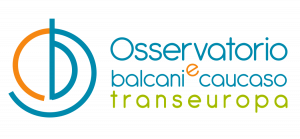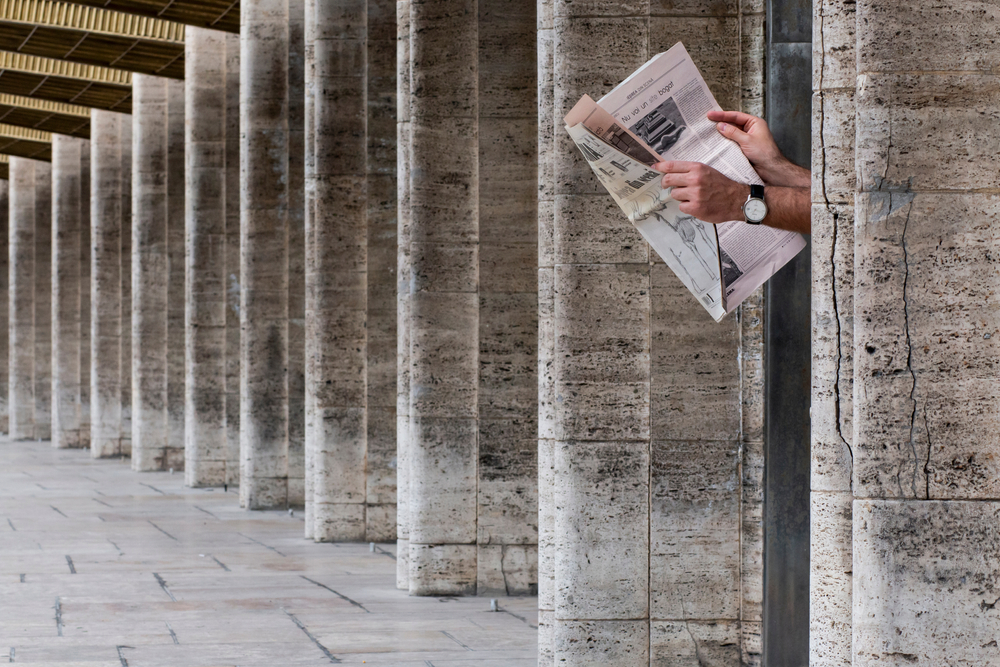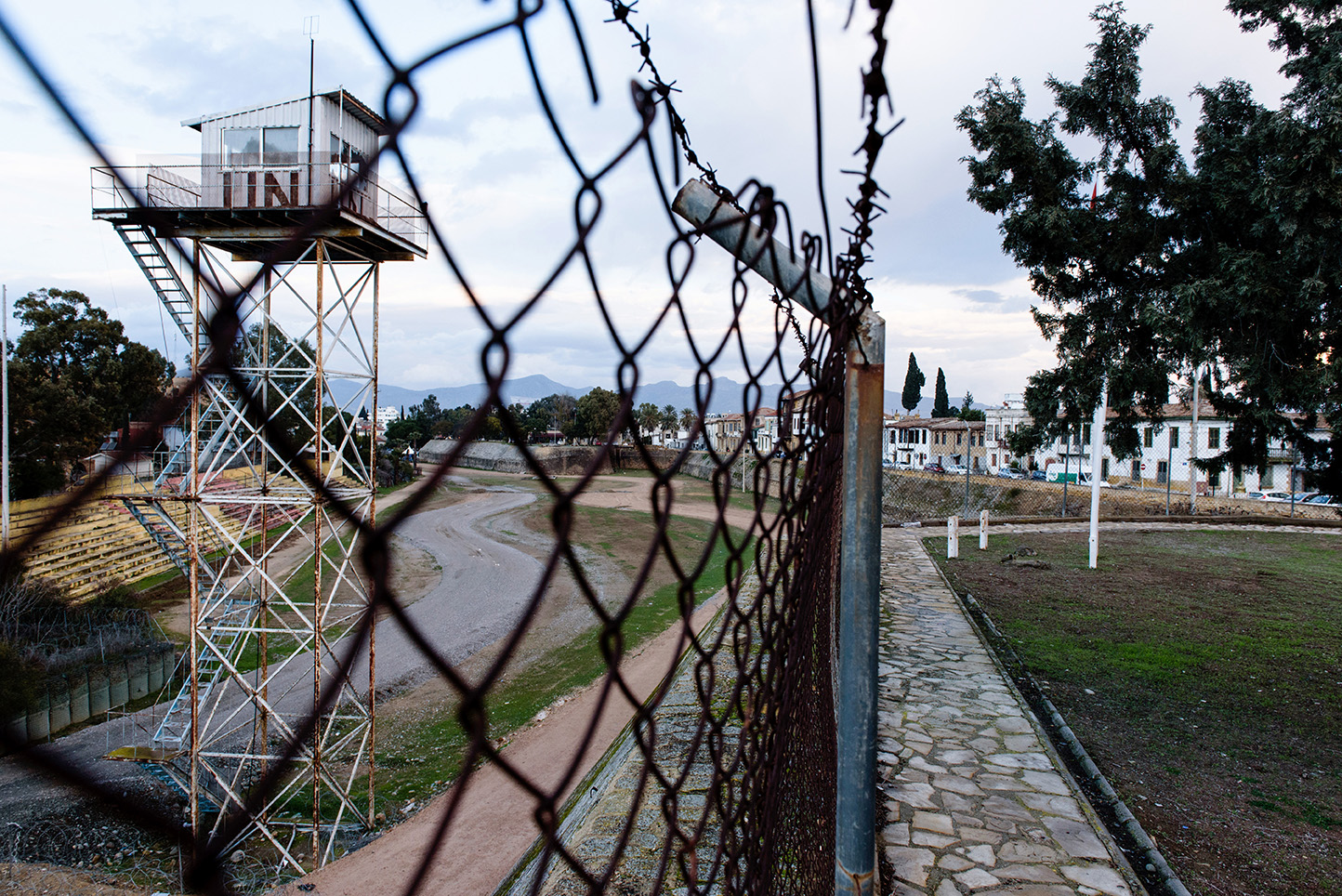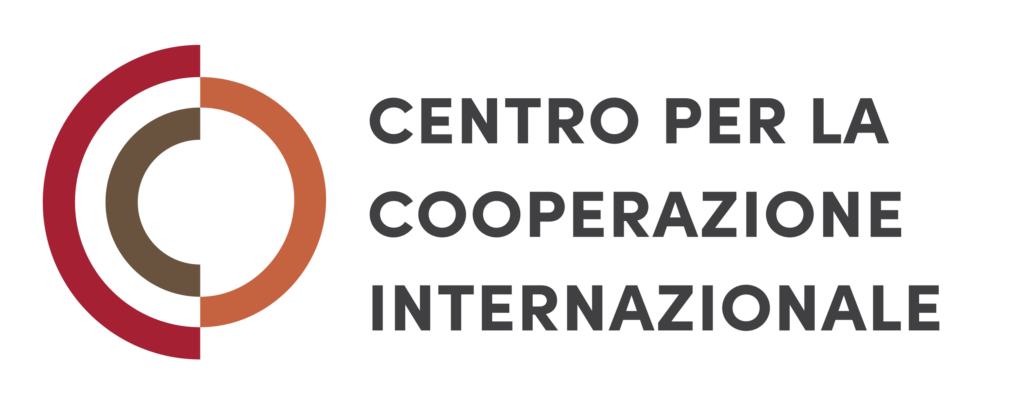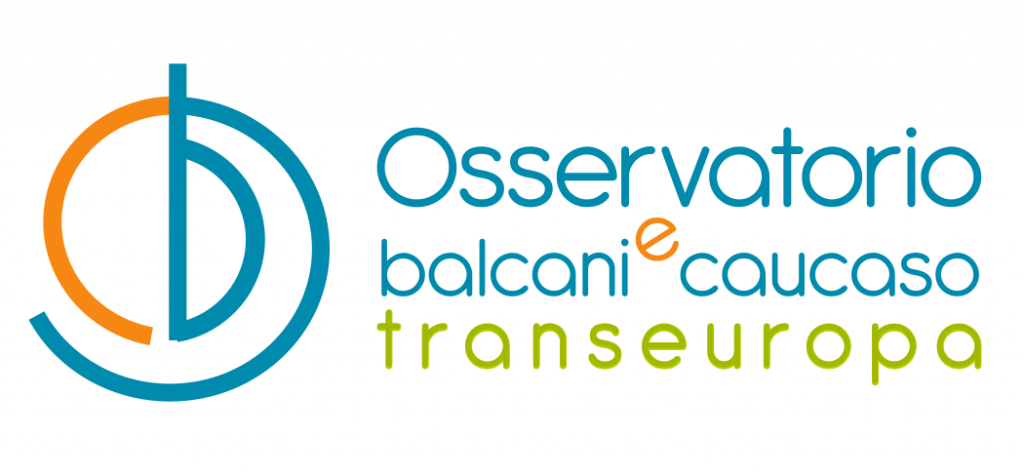Ten years on: Balkans and Eastern Mediterranean migration policy under the spotlight
A decade after the so-called “refugee crisis” of 2015, South-Eastern Europe remains the focal point and most fragile terrain of European migration policy. What appeared to be a temporary emergency has become a permanent political laboratory in which civil society, deterrence strategies and geopolitical realities are intertwined
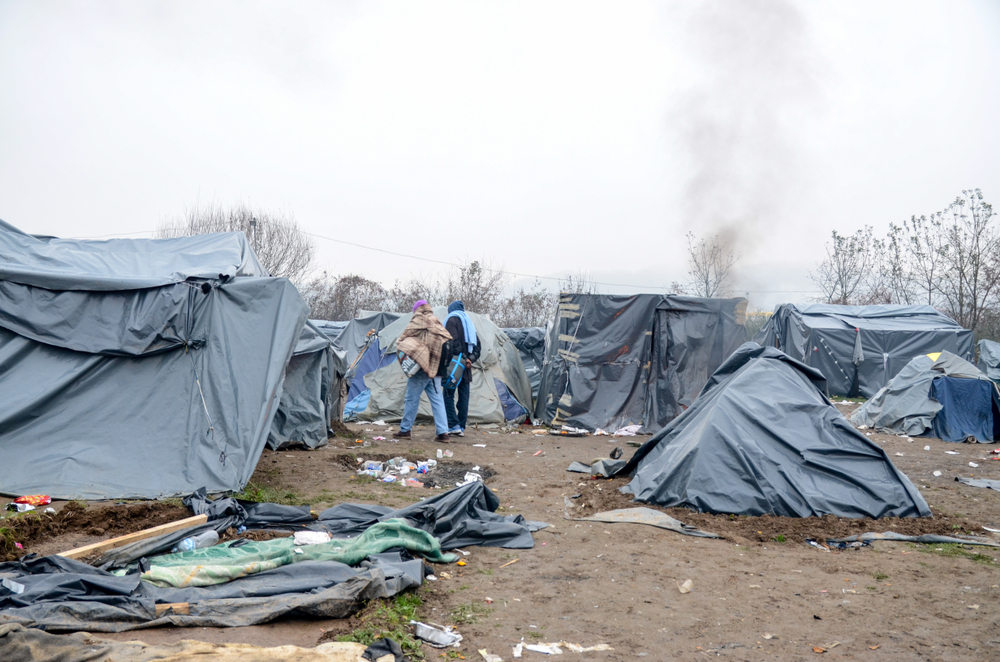
Ten-years-on-Balkans-and-Eastern-Mediterranean-migration-policy-under-the-spotlight
© Ajdin Kamber/Shutterstock
Europe, envisioned in the Ventotene Manifesto as a continent of peace and solidarity, now builds walls and views migration as a question of security. Born on a Mediterranean island, the European construction now aims to defend itself from the Mediterranean: it turns the sea into a border, hope into a threat, and solidarity into contracts with third countries to which it delegates confinement and human rights violations.
The result is a Europe that is more hostile towards migration, which continues to reason and operate in a state of emergency towards a structural, social phenomenon that should be tackled as such.
Over the past ten years, migration flows towards Europe have mainly followed two routes: the maritime route across the Mediterranean, and the land route along the Balkan routes. The central Mediterranean route, involving Libya, Tunisia, Malta and Italy, remains particularly active: according to the latest update by the IOM (the United Nations migration agency), as of 15 September, more than 48,000 arrivals and 876 deaths have been recorded, an increase from the same period in 2024. At the same time, new routes are emerging, such as the Libya-Crete corridor, which has seen a lot of activity recently , with increasingly frequent departures from areas held by General Khalifa Haftar and his militias, who control the eastern part of Libya.
The situation along the Balkan route is different. Here, the numbers show a significant decrease over the years. In Bosnia and Herzegovina, for example, irregular crossings fell from 145,600 in 2022 to 21,520 in 2024. This is due to the tightening of controls and the externalisation of borders in the form of cooperation between the European Union and national border police forces. In this regard, the operational agreement with Frontex , which made joint border deployments possible, has been particularly decisive.
Greece: the European laboratory
The Aegean Islands, which became a symbol of the 2015 crisis, marked the starting point for Athens’ implementation of containment policies pushed by Brussels, which were later also adopted by Italy. Hotspots were transformed into detention centres, borders were externalised through the 2016 agreement with Turkey to prevent departures, and Frontex was heavily deployed along maritime borders and at the Bulgarian border.
For those who care about the rights of migrating people, the Aegean Islands remain the symbol of European failure: Lesvos, Chios and Samos, which received 850,000 people in 2015 alone, have become open-air prisons. Since then, the country has experienced at first hand the transformation of the eastern Mediterranean into a watery wall of systematic rejections, military surveillance and overcrowded camps. The latter have often become the scene of serious incidents. Moria, a veritable Hell created by Europe, burned down in 2020. The centre, intended to house 3,000 people, housed 20,000 in inhuman conditions, with inadequate sanitation, endless queues for food, and a total absence of sufficient medical assistance. After the fire, 11,500 people were left on the streets, and Europe exposed the humanitarian crisis created by its own policies. After Moria, more camps were built, escape-proof, with higher fences and more guards. People were perpetually confined in hotspots and detention centres, as Frontex increased its refoulement operations at the borders with Bulgaria and Turkey to reduce arrivals.
Greece, in this sense, has anticipated and inspired the model that the Union now wants to extend to its entire external border with the new Pact on Migration and Asylum: more controls, more barriers, more repatriations, fewer rights. According to Brussels, European investments – over €5 billion since 2015 – have improved infrastructure, procedures and the protection of vulnerable groups in Greece, to such an extent that there are no longer any “systemic deficiencies” in the Greek system. In Athens, EU Commissioner Magnus Brunner reiterated that “returns are a priority” and called for a swift implementation of the new pact, which is set to come into force in 2026.
The Balkan route and the militarisation of borders
Since the “closure of the Balkan route” in 2016, North Macedonia and Serbia have been turned into buffer countries, and are frequently the scene of violent pushbacks. Testimonies collected by NGOs such as Border Violence Monitoring Network speak of beatings, use of dogs and confiscation of phones and shoes by police and autonomous militias. Further north, Hungary and Croatia have institutionalised pushbacks, despite condemnations by the EU Court of Justice. Videos released by organisations like Bloody Borders document injuries, batons and humiliation.
Over the years, the EU has strengthened border cooperation with the countries in the region through various instruments, including IPA III , which aims to allocate more than 350 million euro to migration management and border control; the Frontex status agreements with Albania, Serbia, Montenegro, North Macedonia and Bosnia and Herzegovina, which allow for joint operations with Frontex; and finally, Action Plan 2022 created by the Council of the European Union and the EUAA (the European Union Asylum Agency) for the Western Balkans, which aims to speed up procedures, strengthen local capacities, fight illegal human trafficking and enhance returns.
The detention and repatriation centres in Albania, funded by Italy following an agreement between the heads of government, represent a new externalisation tool in the region. Costing hundreds of millions of euro, the Gjader and Shengjin centres are intended to process asylum and repatriation requests outside Italy. Tavolo Asilo e Migrazione, a network of Italian associations committed to the protection of migrants, emphasises that the Albania model could entail serious risks of human rights violations, especially with regard to the right to international protection and the principle of non-refoulement.
Parallel to this increasingly closed and hostile system, an extensive network of solidarity has emerged, capable of challenging the logic of exclusion: on the Greek islands, in Serbian and Bosnian villages and along the Balkan route and at the borders of Fortress Europe, activists and local communities such as Blindspots , Collective Balkan Routes , Collective AID , I Have Rights , No Name Kitchen and others, as well as civil society with its civil fleet rescue ships in the Mediterranean, have built improvised humanitarian corridors, distributed food and care, and provided shelter and legal support. These are networks that resist the policies of Fortress Europe and neo-colonial double standards, embodying an alternative and a practical vision, in which freedom of movement is an inalienable right.
Dimitris Angelidis (EfSyn, Greece) contributed to this article.
Translated by Ciaran Lawless | Voxeurop
This article was produced in the framework of PULSE, a European initiative coordinated by OBCT which promotes cross-border journalistic collaborations.
